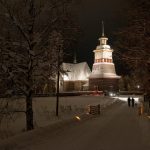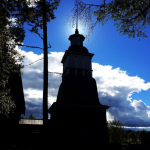
World Heritage Sites’ boost to local services
Tourism is one of the world’s largest and fastest growing export sectors, contributing to 9% of the global GDP, and it accounts for one in eleven jobs worldwide. Over one billion people cross international borders each year and this number is expected to reach 1.8 billion by 2030!
The United Nations Sustainable Development Goals 2030 includes Goal 8: Promote sustained, inclusive and sustainable economic growth, full and productive employment and decent work for all includes Target 8.9: “By 2030, devise and implement policies to promote sustainable tourism that creates jobs and promotes local culture and products”. (sustainabledevelopment.un.org)
The arrival of visitors to any destination introduces economic incentives for the development of services and products and this certainly hold true for World Heritage Sites. The Travel and Tourism Competitiveness Index of the World Economic Forum takes into account the number of World Heritage Sites when determining competitive rank for each country. A destination can be described as the physical space in which a tourist spends its holiday. This space includes a full range of services, products and experiences. A World Heritage Site can be a destination in itself, however, more often it is located in, or part of, a wider setting, forming the key, or one of the key, attractions of the place concerned.
Finland has 1 natural and 6 cultural World Heritage Sites, 2 of which are in Central Finland: the Struve Geodetic Arc and the Old Church of Petäjävesi. World Heritage sites’ boost to local services is the name of a three-year project with the goal to bring together local residents, organizations and businesses in Central Finland, in order to develop cooperation and to find out how the World Heritage Brand can boost local services and marketing in the Petäjävesi and Korpilahti region and Central Finland. With this project we aim to:
1. To attract more people to the World Heritage Sites in Central Finland
2. To provide a boost to the regional economy
The main project partners are Humak University of Applied Sciences, Local Action Groups (LAG) Jyväsriihi and Vesuri. The Hygge & Heritage – World Heritage and Local Services Seminar is the closing event of this project. Visit the project website: maailmanperinto.humak.fi
Petäjävesi Old Church & Struve Geodetic Arc Point
The Petäjävesi Old Church was built of logs between 1763 and 1765. This Lutheran country church is a typical example of an architectural tradition that is unique to eastern Scandinavia. The church is an excellent example of Lutheran country church built of logs as a typical example on architectural tradition unique to eastern Scandinavia. The vernacular wooden church, built in 1763-64, has survived in its original form extremely well.
The Struve Geodetic Arc is a chain of survey triangulations stretching from Hammerfest in Norway to the Black Sea, through 10 countries and over 2,820 km. These are points of a survey, carried out between 1816 and 1855 by the astronomer Friedrich Georg Wilhelm Struve, which represented the first accurate measuring of a long segment of a meridian. The point of the Struve Arc Puolakka is located at the top of Oravivuori in central Finland. It is the most famous of the Finnish Struve Geodetic arc points, because it is located at the top of a hill and there are beautiful views to the lake Päijänne. During the last couple of centuries, many geodetic measurements have been carried out at Oravivuori







